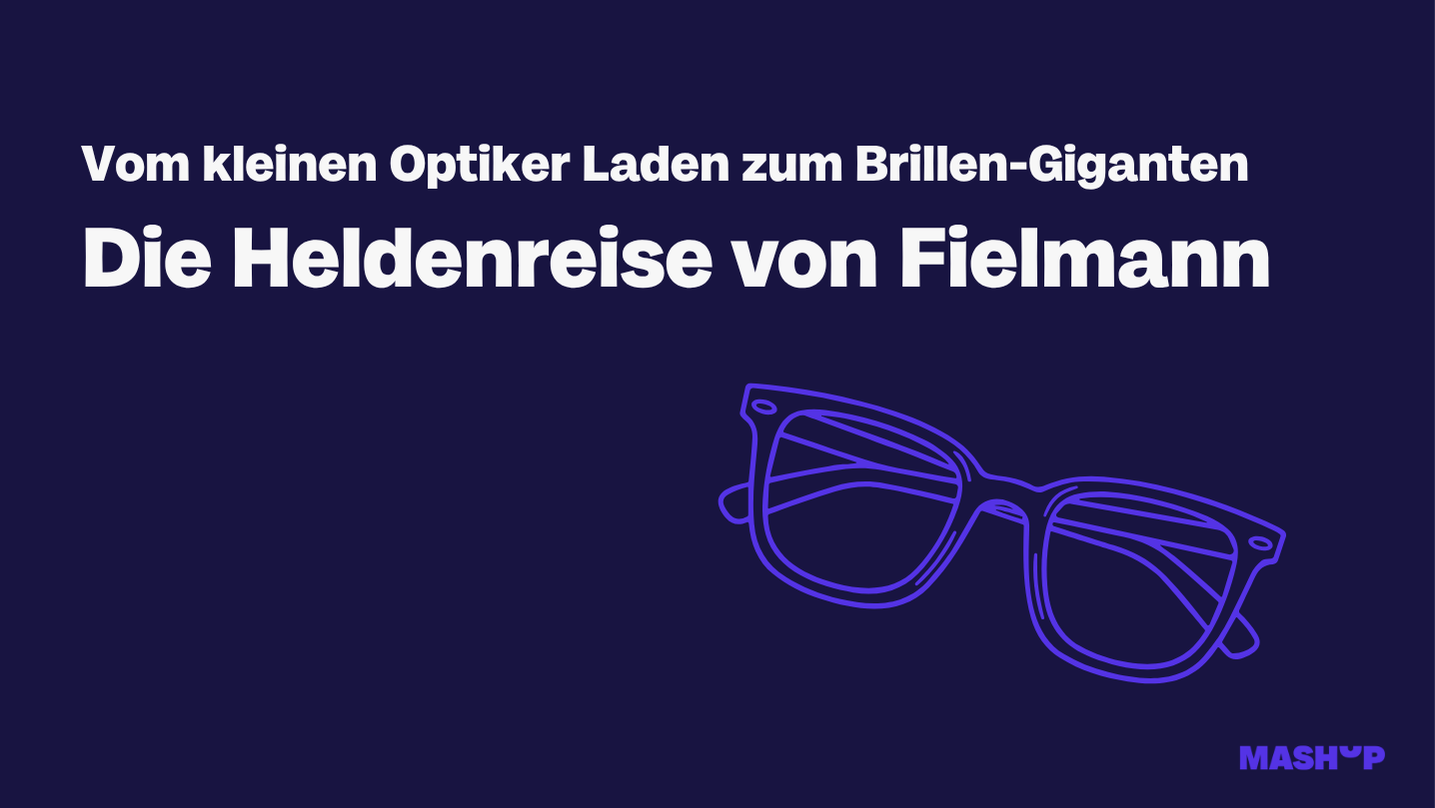Employer Branding 2025: How Insurers and Banks Attract Top Talent
Suddenly, the lights go out. The screen at the tech conference flickers, and a fictional villain hacks his way onto the stage live. A QR code appears on the visitors’ smartphones. A few minutes later, they find themselves in the middle of a virtual race against time: preventing a global crypto catastrophe, closing security gaps, and cracking blockchain puzzles. Those who solve the puzzle land directly in a fast-track interview with the major Dutch bank ABN AMRO.
What sounds like a scene from a movie was one of Europe’s most creative recruiting campaigns in 2018. “The Lockdown” combined gamification, pre-selection, and employer branding into a thrilling experience – and proved how employers can attract talent with courage, creativity, and authenticity. It’s an approach that German insurance and finance companies can also learn from.
What does employer branding mean for financial companies today?
Just a few years ago, employer branding at many traditional companies was characterized by slick image campaigns and standardized benefits. But applicants’ expectations have changed. Fintech companies have accelerated this change: they focus on genuine insights, open communication, and values that are lived out in practice.
This comes across as authentic – and it works. After all, talented employees trust their own coworkers three times more than they trust senior management. FinTech companies consistently leverage this trust by turning their workforce into active brand ambassadors.
How do employees become brand ambassadors in insurance and financial companies?
A credible employer brand does not start with a campaign, but within the company itself. Three cornerstones are crucial:
- Real people – employees tell their own stories, not marketing texts.
- Real stories – unvarnished, but inspiring.
- Real harmony – values that are communicated externally must be lived internally.
FinTechs are implementing these principles creatively: behind-the-scenes videos, peer recruiting events such as hackathons or meetups, and social media formats that offer space for dialogue instead of one-way communication. Insurers such as Allianz, Debeka, and Munich Re have already adopted these methods in selected areas – but the potential is far from exhausted.
“Living values beat advertising promises – that’s the most important lesson for insurance and financial companies in the war for talent.”
Miriam Schwellnus, employer branding expert at PR agency Mashup Communications.
How can recruiting budgets be reduced?
Not every company can pay salaries at the corporate level. But those with a clear vision can partially compensate for a lack of salary power—and even reduce recruiting budgets. Studies show that a strong employer brand reduces turnover by 28% and the cost per hire by 50% (source).
The key lies in a purpose story that can be experienced and binds employees to the company in the long term.
What benefits can talented individuals expect?
The days when a fruit basket was a sign of prestige are long gone. According to surveys, 72% of employees cite flexible working hours as the most important benefit – and by that they mean more than just flexitime: genuine autonomy over their working hours. (source)
Childcare and financial assistance that provide concrete relief for parents are also in high demand. Health is another key issue: fintech companies are focusing on fitness and mental health programs, while many insurers are offering company health insurance plans.
What does effective internal communication for employer branding look like?
Employer branding only works externally if internal communication is effective. Three key steps:
- Reality check – Which values are actually lived by?
- Clear objectives – understandable roadmaps without management jargon.
- Continuous dialogue – gathering feedback and implementing it in a visible way.
The concept of “corporate campfires” – internal discussion groups where employees share their personal stories – is an effective tool for distilling the essence of the employer brand.

How can insurance companies and financial institutions reach multiple generations without losing their message?
Traditional financial companies often have a very diverse workforce, ranging from long-standing experts to digital natives. A consistent value proposition forms the basis, but the formats must be tailored to specific target groups:
- You can reach younger talent through social media such as TikTok, Instagram, or YouTube.
- Experienced professionals respond more strongly to industry events or LinkedIn content.
Cross-mentoring brings both groups together – and at the same time provides exciting stories for employer branding.
What mistakes do insurance companies and financial institutions make in employer branding?
The biggest pitfalls:
- Buzzwords without substance – values must be lived, not just written on posters.
- One-way communication – a lack of dialogue with talented individuals wastes enormous potential.
Interactive formats such as ask-me-anything sessions or hackathons create closeness and build trust.
Which KPIs measure employer branding success?
For CFOs and board members, what matters is whether the investment is worthwhile. Important key figures:
- Retention rate – lower turnover reduces recruiting costs.
- Time-to-fill – strong brands fill positions twice as fast.
- Cost per hire – significantly lower when employer attractiveness is high.
- Recommendation rate – a high proportion of new talent comes via existing employees.
From high gloss to gamification
The example of ABN AMRO shows that employer branding can be more than just recruiting – it can create an experience that inspires talent in the long term. For insurance and financial companies, this means having the courage to be creative, telling real stories, and offering benefits that really count.
More articles on this topic:
- Storytelling in the financial sector
- Top Employer Brands in the Insurance Industry: Storytelling Report 2024
FAQ: Employer branding in insurance and finance companies in 2025
1. What trends will shape employer branding in 2025?
Authentic employee stories, flexible working models, benefits with real everyday value, interactive formats such as hackathons and peer recruiting, and gamification approaches such as ABN AMRO’s “The Lockdown” are particularly in demand.
2. Which benefits are most appealing to applicants?
Flexibility is at the top of the list: 72% of employees cite flexible working hours as the top benefit. Companies also score points with childcare, financial assistance for families, and fitness and mental health offerings.
3. Which KPIs measure the success of employer branding?
Relevant key figures include retention rate, time-to-fill, cost-per-hire, and the referral rate from existing employees. These values show how efficient and sustainable the measures are.
4. What typical mistakes should be avoided in employer branding?
Sources of error include superficial buzzwords without substance and one-sided communication. Successful companies take feedback seriously, live authentic values, and actively shape dialogue.
5. How can different generations be addressed in recruiting?
With a consistent value proposition and the right channels: Younger talent is more likely to be reached via social media such as TikTok and Instagram, while experienced professionals are better reached via LinkedIn or industry events.
Share this article
Related articles

5 November 2025








